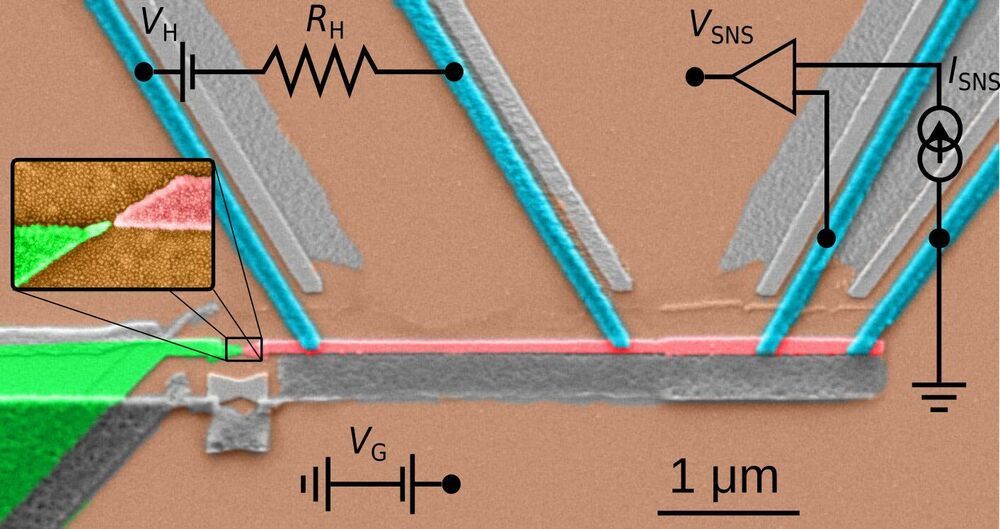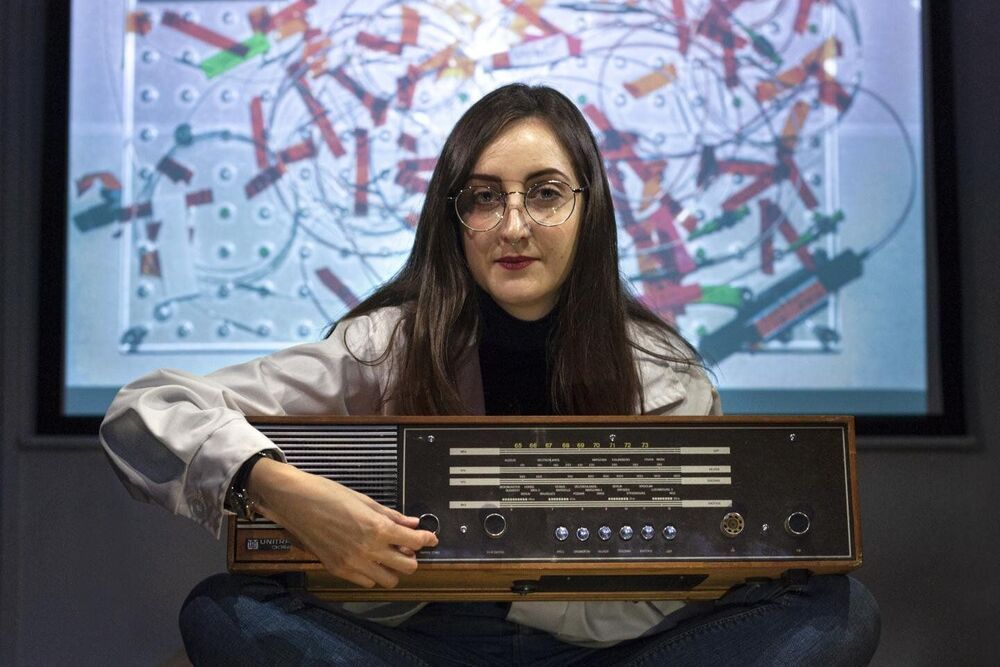While many research teams worldwide are trying to develop highly performing quantum computers, some are working on tools to control the flow of heat inside of them. Just like conventional computers, in fact, quantum computers can heat up significantly as they are operating, which can ultimately damage both the devices and their surroundings.
A team of researchers at University Grenoble Alpes in France and Centre of Excellence—Quantum Technology in Finland has recently developed a single-quantum-dot heat valve, a device that can help to control the flow of heat in single-quantum-dot junctions. This heat valve, presented in a paper published in Physical Review Letters, could help to prevent quantum computers from overheating.
“With the miniaturization of electronic components handling of excess heat at nanoscales has become an increasingly important issue to be addressed,” Nicola Lo Gullo, one of the researchers who carried out the study, told Phys.org. “This is especially true when one wants to preserve the quantum nature of a device; the increase in temperature does typically result in the degradation of the quantum properties. The recent realization of a photonic heat-valve by another research group ultimately inspired us to create a heat valve based on a solid-state quantum dot.”







